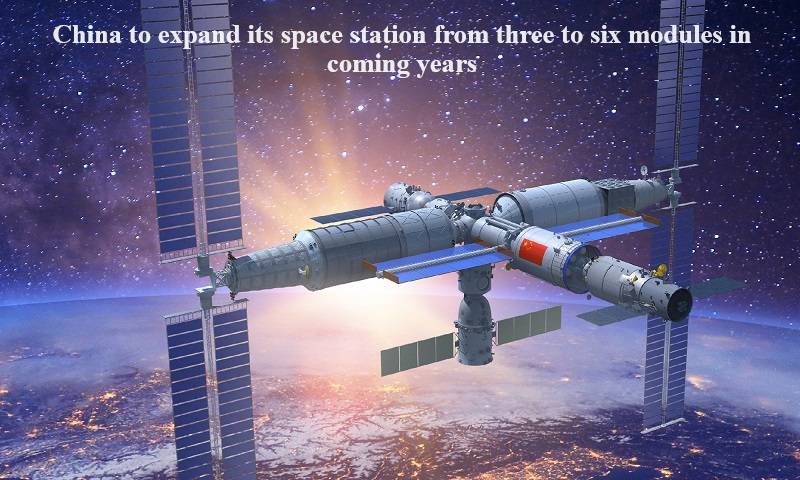
China is actively planning to expand its space station from three to six modules in the coming years, positioning it as an alternative platform for near-Earth missions to astronauts from various countries, particularly as the NASA-led International Space Station (ISS) approaches the end of its operational lifespan.
The Chinese space station’s projected operational lifetime has been extended to over 15 years, as reported by the China Academy of Space Technology (CAST), a subsidiary of China’s primary space contractor. This updated duration surpasses the previously announced 10-year lifespan.
China’s domestically developed space station, known as Tiangong or Celestial Palace in Chinese, achieved full operational capability in late 2022. It has been hosting approximately three astronauts at an orbital altitude of up to 450 kilometers (280 miles).
Despite the planned expansion to six modules, Tiangong’s mass remains at 180 metric tonnes, which is only 40 percent of the International Space Station’s (ISS) mass. The ISS can accommodate a maximum of seven astronauts.
The ISS, which has been in orbit for over two decades, is likely to be decommissioned after 2030, coinciding with China’s ambition to become a “major space power.” Last year, Chinese state media indicated that Tiangong’s full operational capability would position China as a robust player in space exploration, especially as the ISS approaches retirement. Additionally, the report stated that “several countries” had expressed interest in sending their astronauts to the Chinese space station.
However, China’s aspirations for space diplomacy received a setback when the European Space Agency (ESA) announced that it lacked the necessary budgetary and “political” approvals this year to participate in Tiangong. This decision marked the end of a years-long plan to send European astronauts to China’s space station.

Post Your Comments